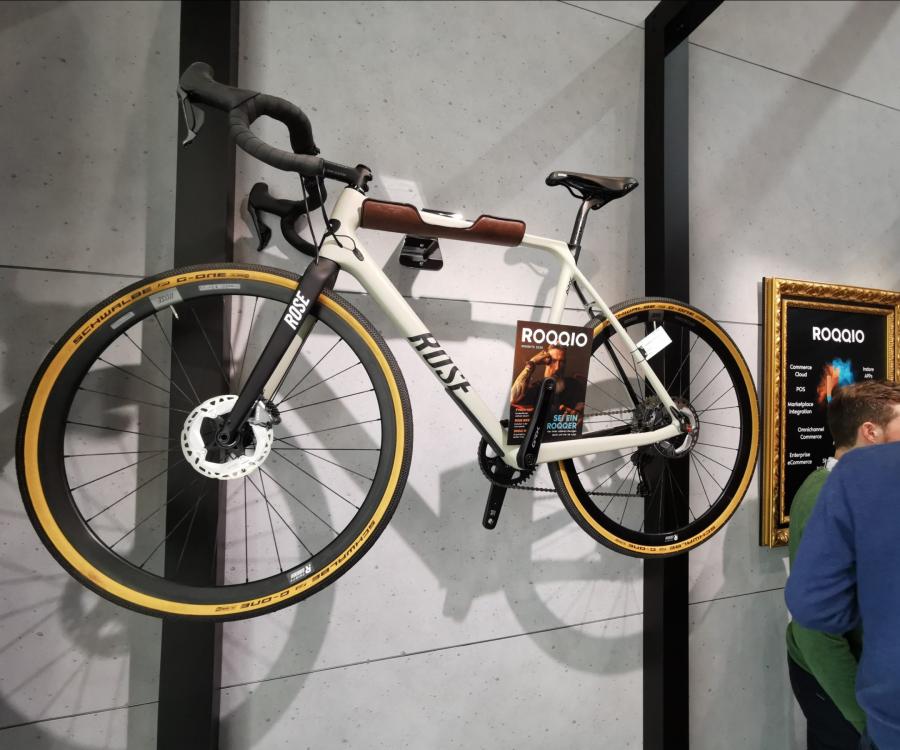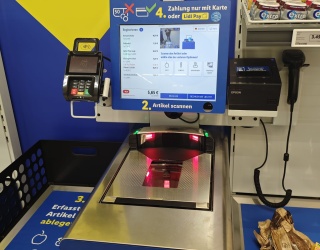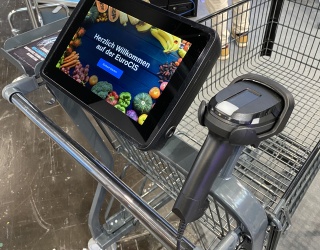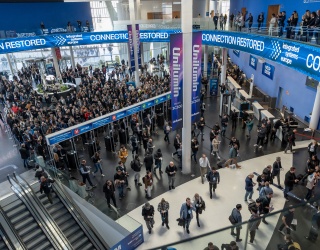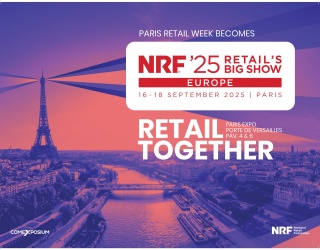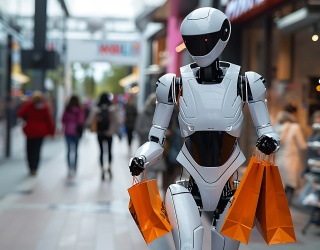2015 is set to be a big year for eCommerce. With so many applications and trends nudging their way forward it’s important for eCommerce business owners to understand what lies ahead so they can scale accordingly. In an era that sees a new start-up arriving every day, businesses need to capitalise on change quickly in order to step above the competition.
So, what does the future hold for eCommerce? In no particular order, here are 5 trends that we think will crop up this year.
Social buying
Collectively, almost 1 billion active users visit Facebook and Twitter every day. Tapping into this market is not a new tool but the way in which it can be done is changing. Sure, social media is still about waving your company banner and saying ‘We’re here, come take a look at what we have to offer!’ but, like most technology nowadays, it is evolving into something greater.
The introduction of buy buttons on Facebook and Twitter late last year was a big step towards increasing conversion rates as customers have less opportunities to drop out of the sale. Anyone not in marketing would be surprised at just how much an eCommerce company knows about its consumers, and how easy it is for them to pick the right targets. For instance, those nocturnal ‘who-needs-sleep-when-you-can-tweet’ folk are prime candidates for a midnight deal on the latest Furby.
The types of offers expected to be available on social media will likely be flash sales for a limited period of time. This is to encourage impulse buys by fostering a sense of urgency with a ‘buy this now before you lose out’ attitude. For many companies, this kind of sale is a dream come true but there is a down side. While it may well boost conversion, will it encourage trust and loyalty? If a customer makes a spur of the moment purchase and ends up getting something they didn’t really want, it could impact their decision to return to the same retailer in the future. There is a risk factor involved and it’s up to each individual eCommerce company to decide whether it’s worth it.
Peak dates
Although it is an American tradition that marks the start of the build up to Christmas after Thanksgiving, Black Friday hit the UK big in 2014. November 28th saw a tidal wave of shoppers, armed with credit cards and a willingness to use elbows and knees wherever necessary, fight for the best sales. It can be a surprisingly aggressive day, and some find it better to avoid the crowds and simply smile bewilderingly at the headlines the next day. For retailers, however, the rise in ‘big buying’ days is a gift from the shopping gods.
Preparing for the important retailing dates this year is key if you want to make the most profit from them. Companies that are unprepared tend to offer a blanket discount across their entire stock. The smart companies, however, take advantage of peak dates to get rid of selected stock. This frees up room in the warehouse for what they know customers will pay full price for in the remainder of the season, for instance those Frozen themed pyjamas that every toddler would give up sweets for. To read up on managing demand at peak, see our review of the MetaPack Delivery Conference 2015.
m-commerce
At present many consumers browse on their mobiles before making the final purchase on a desktop but advancements this year could see that change. In 2014, more than 40% of online clothing sales were made through a mobile device. Traffic to eCommerce websites via a phone or tablet is now higher than traffic from a desktop computer.
With contactless payment applications like Apple Pay and Google Wallet almost ready to hit UK streets, conversion rates for mobile sales are likely to soar. A massive success in the US, Apple Pay currently accounts for two-thirds of every $3 spent using contactless payments through Visa, American Express, and MasterCard. It cannot be denied that consumer habits are evolving alongside technology and if e-tailers wish to keep up, they will need to scale accordingly. To find out how, check out our post on embracing the year of m-commerce.
Big data
Knowing your customers seems like an obvious necessity in eCommerce but a lot of e-tailers aren’t making the most of big data. Earlier this month at the MetaPack Delivery Conference 2015, Graham Cooke, founder and CEO of Qubit, spoke about the importance of using big data to tailor customer experience. Knowing their trends and habits means that you can make the online experience suit their specific needs. Cooke gave an example from Ann Summers who specify discrete packing on their mobile site, but not on the desktop version after noticing that more mobile customers requested the discretion. Pushing forward with big data capture should mean that a loyal customer sees your website in a different way to a new customer. This can be as simple as adding a ‘suggested items’ section for returning customers and a ‘first purchase’ offer for newbies. Your customers are individuals and treating them as such will go a long way towards fostering loyalty.
Big data also means having up to date stock figures so that your customers know exactly how many of a specified item is for sale or, if it is back-ordered, how long it will take to arrive. Many companies struggle with providing 100% accurate data but the right warehouse management software can solve a lot of problems and make orders incredibly easy to handle.
Delivery methods
Part of knowing your customers’ needs is understanding the best delivery methods for them. We live in a busy world full of busy people so the same tired old delivery methods are simply not going to cut it anymore. For the absolute best customer experience, there must be variety and innovation in delivery. Large e-tailers now provide same-day or next-delivery, such as eBay Now which allows customers to purchase an item and have it delivered within an hour. As of late 2014, Amazon also introduced its same-day pick-up service in the UK so that customers can collect their packages from a nearby participating newsagent on the day of purchase.
Delivery options that are less reliant on carriers may also see a rise this year as many customers turn to companies like CollectPlus which are implemented into more than 5000 local stores across the UK. This option means that customers don’t need to wait in for a parcel or risk it being dropped off at a depot somewhere, especially if it’s coming up to their grandmother’s birthday and they need to have that miniature ceramic owl ornament by the end of the week. Instead, they can pick it up, or return an item, at their nearest local shop.
That about wraps up our predictions for 2015. To find out how Peoplevox can help improve your warehouse management, download our eBook today.
Source: Peoplevox


